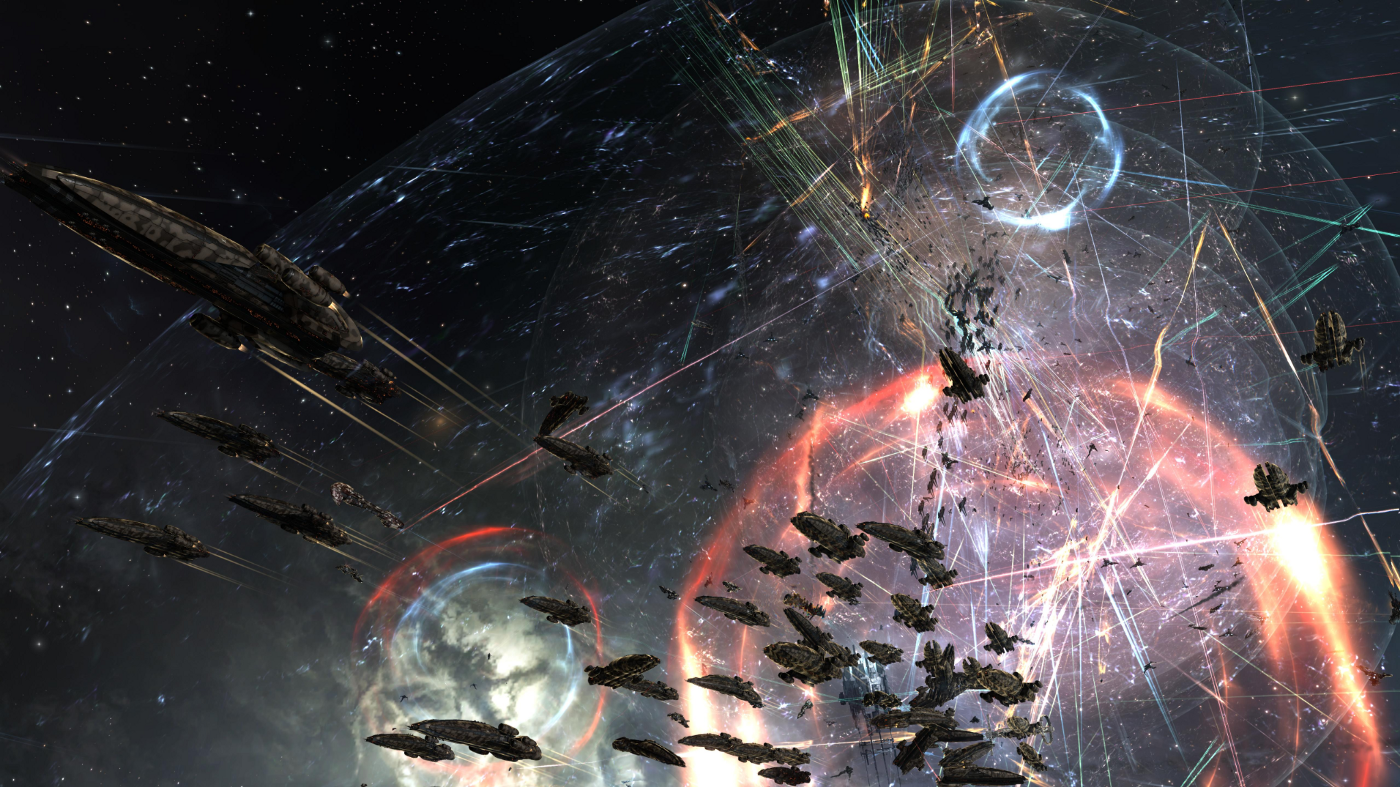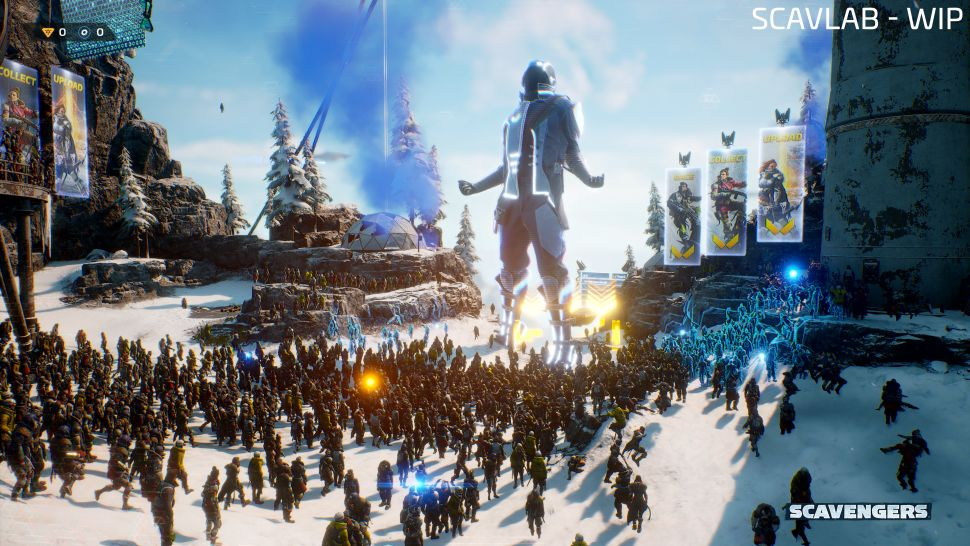By Jack Wang
Update: With Facebook now focusing on the Metaverse, including the re-brand now to Meta — all bets are off in building this dream!
“Snow Crash”, “Ready Player One”, “NFTs” and the “Metaverse” — these are terms bombarding your daily newsfeed if you work anywhere close to the tech or gaming industries. The overarching term “Metaverse” is widely hyped about, ranging from kids in Covid lockdown looking for the next Roblox experience, to huge tech companies like Facebook repositioning themselves to be a “Metaverse company”. Google searches for the term have jumped multifold during the first half of 2021 and it’s still buzzing today in most tech newsletters.

Today, most of the general public imagine that the metaverse is a single virtual world where we can hang out with friends, go on adventures, earn (equivalent of) money by completing quests and potentially be controlled by a monopolistic mega evil corporation — all from our own living rooms. Is this a future we are looking forward to, and just how far are we from realising this holistic virtual reality?
At the front line; with today’s mass gamers, disruptive start-up founders and tech investors, the vision for the metaverse is not quite so clear. As a consumer of all three diverse and often conflicting cultures, I take a small step into the thinking of these early adopters, and how we believe the metaverse will (or will not) shape out to be.
The Gamers
I define a “mass gamer” as someone who spends five to ten hours a week playing games on a combination of mobile / console / PC, as well as following at three to five Twitch streamers, while supporting Fnatics (my favourite eSports team) by buying their swag once a year. One caveat is that the age group for this customer segment does vary between games and platforms: players in Roblox tend to be much younger than players of Valorant / Leagues of Legend etc., and PC players tend to have extended session times and longer term engagement than other platforms.
For this core segment of early adopters, the term “Metaverse” is redundant. There are no relevant results if you search for “Metaverse” on Steam / SteamSpy, which is the most popular app store for PC gamers; and on the (UK) Apple App Store, there are about 10 relevant apps, most of them around creating your own TikTok / Snapchat 3D filter or projecting AR objects into your iPhone camera.
To the mass gamers, the metaverse has existed in the form of MMORPG (Massive Multiplayer Online Role Playing Game) since the early 2000s. Some more popular titles in this genre include; MapleStory (2003), Second Life (2003), World of Warcraft (2004), Eve Online (2003), Minecraft (2011), GTA Online (2013), Destiny 1 and 2 (2017). These games all contain the fundamental features of a “metaverse,” including an in-game economy, multiplayer greater than 20 players per session (let’s discuss this later) and high quality interactive content to consume.
For example, the most interesting of these previous generations of metaverse games is a fan-made mod for GTA Online, called GTA RP (Role Play) — where players act as characters in the GTA Online world, in a session with 20–30 other players i.e. a cop, a robber, a taxi driver etc. — very “Ready Player One”.

Now, before I get accused of being too old and calling Dungeons & Dragons a table top metaverse game (it kind of is), let’s take a look at the latest MineCraft, Roblox and Fortnite generation games and the companies behind them.
It is no secret that the gaming industry is, first and foremost, content driven — in that an average mass gamer only has an hour a day he/she spends on gaming, so they pick the games most entertaining to them. Therefore every video game is fighting with each other (and Spotify, Netflix etc.) for that single hour of that gamer’s fragmented leisure time per day. In addition, the current gaming industry power structure is split between a few AAA studios and publishers with extremely high competition. This leads to a “walled garden” strategy by the studios to protect their game IP, and therefore causing a “fragmentation of metaverse assets” across these different popular titles, with little incentive of cooperation and integration.
For an average mass gamer, this means they cannot bring their Robux (Roblox currency) to Fortnite to spend as Vbucks, without using a third party marketplace; they cannot bring their avatars (yet) to other games and their progress is specific to a specific game world only.
The combative industry dynamic has been ingrained in the gaming industry over the last 30 years, so without the mega game studios suddenly cooperating and agreeing to standardise a set of metaverse infrastructure, the “Ready Player One” world is still quite a long way off. More interestingly, I wonder who can bring this change; perhaps Facebook with its dominance on the gaming industry’s advertising spend?
The Techies
After scripting and making mods for the Half-Life engine in my teens, I stumbled upon coding as an interesting career choice and spent the next five years getting my engineering degree, while building high frequency trading systems for an Australian investment bank.
There are numerous technical challenges with realising the full metaverse dream, but by far the most significant is the “concurrent user” problem — which is essentially “how many players can I fit in my game at the same time?”. This is obviously one of the key requirements of the metaverse, if you imagine the final battle in “Ready Player One” where thousands of players team up against the final boss.
At a high level, the interactions between players and world objections increase exponentially with each additional player added. For example, in a game session with 2 players and say, 5 possible interactions between the players, there are a total of 10 possible “player to player” interactions. However, if I add 1 more player for a total of three players, this number becomes 30 possible “player to player” interactions, 4 players to 60 etc., therefore the increase is non-linear.
Now imagine a large-scale MMORPG, where gamers playing together need to be hosted on the same server to interact with each other and the world: the sheer amount of compute required puts a limit on the number of players on that server before the server crashes. A good example is the latest EVE battle of this problem occurring with around 10,000 players.

Can they just get more servers? Yes — it is possible, but then the technical challenge is a “distributed compute” problem. Remember that the number of “player to player” interactions is increasing exponentially, therefore the server cost per additional player also increases exponentially — meaning quite quickly it will be extremely cost ineffective for the game makers to add additional player capacity.
The current game development standard to solving this problem is a technique called “sharding”. This is where the game developers create sub segments of the gaming world where they only allow a smaller number of players to play together and additional players get loaded into a different server. This is also one of the key reasons you see various “loading screens” when you play games like Destiny online and is wildly popular as a game design method. However, this approach is not exactly metaverse friendly, as players are looking for the massive online interactivity with other players.
Distributed cloud gaming infrastructure startups like Improbable.io, Hadean, Coherence, Mainframe etc. have tried at tackling this problem at various points in their development with varying success. The latest test by Improbable for their game, Scavengers has shown some promise but under very controlled environments — cautiously impressive result after ten years and $400m+ investment from SoftBank.

Additionally, more advanced technology is not easily implementable for this problem. Machine learning is effective against other NP Complete problems (mathematical term for exponential solution space problems) like Deepmind’s Alpha Fold for protein folding with very predictable patterns. Unfortunately, large open world game play, especially sandbox games like Roblox, do not have the same predictability. Quantum computing is natively designed to solve these types of problems with ease, as their computation model is non-linear as well, but how far away is that from the mainstream market?
The Tech Investors
A few twists and turns later, after my coding career, I ended up in VC where I now lead Project A Venture’s gaming and deep-tech investment. My own opinion is that the most interesting opportunities for exploration are what is termed “Metaverse Ready’’, a term I came across when I was reading about RKNFT a few months ago. I do not see the two biggest blockers of 1) gaming industry competitive dynamics and 2) solving concurrent players’ challenges anytime soon, to truly create the single metaverse vision we all have envisioned from decades of pop culture.
As such, in today’s fragmented metaverses, this means the underlying infrastructures around identity transference; financial transference, cosmetic transference, new media streaming between games etc. may offer very attractive investment opportunities (see Matthew Ball’s metaverse infrastructure diagram). I also do not rule out a new take on the computation side for massive online multiplayer cloud gaming but it is not an easy problem to solve and I would expect Stadia, AWS, Nvidia, Unity / Unreal etc. to solve this problem first, or at least optimising the existing compute resources enough for it to be unnoticeable by players.
More fundamentally, I am also always looking out for great multiplayer content from talented studio founders. Gamers are always searching for the next new content to play and entertain themselves with, and AAA studios are looking for the next game to be their champion. With the amount of capital invested into gaming higher than ever before (partially thanks to a lot of people locked-in at home), more visionary and experienced gaming industry operators are leaving their AAA grind to start their founder journey.
A tad cliche, but if you are an amazing founder building something for the future full metaverse — either gaming infrastructure or a game studio with very unique content — and my thoughts resonate with you, then I would love to hear from you! Can reach me here.
Special thanks to my friends Frank Gigliotti, Nick Button Brown and Robbie Singh for bouncing ideas off for this piece and supporting me over the years.